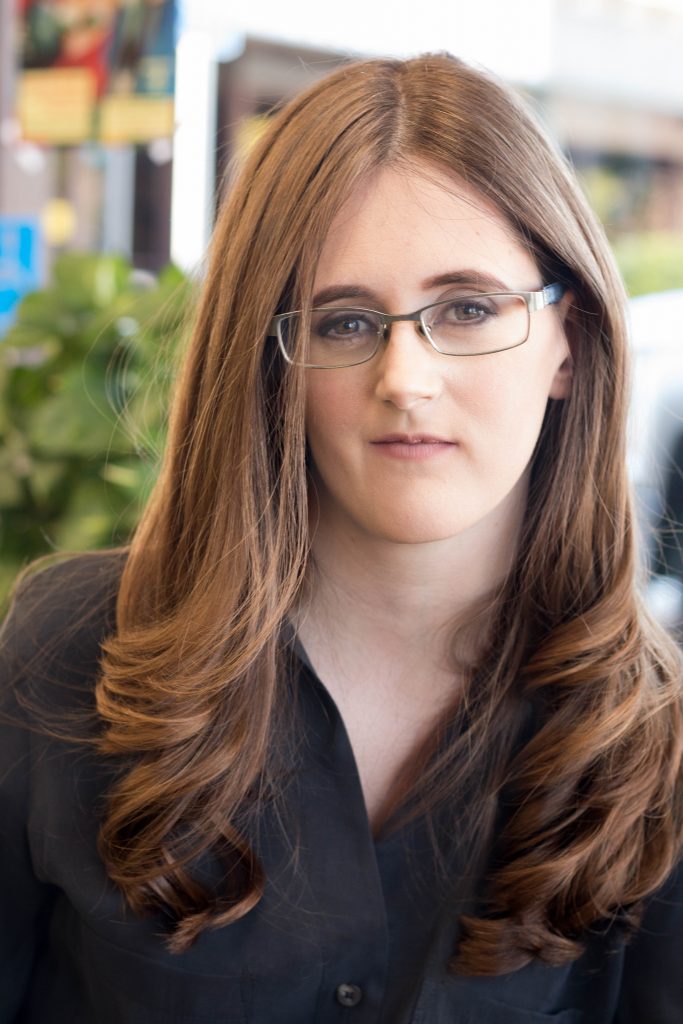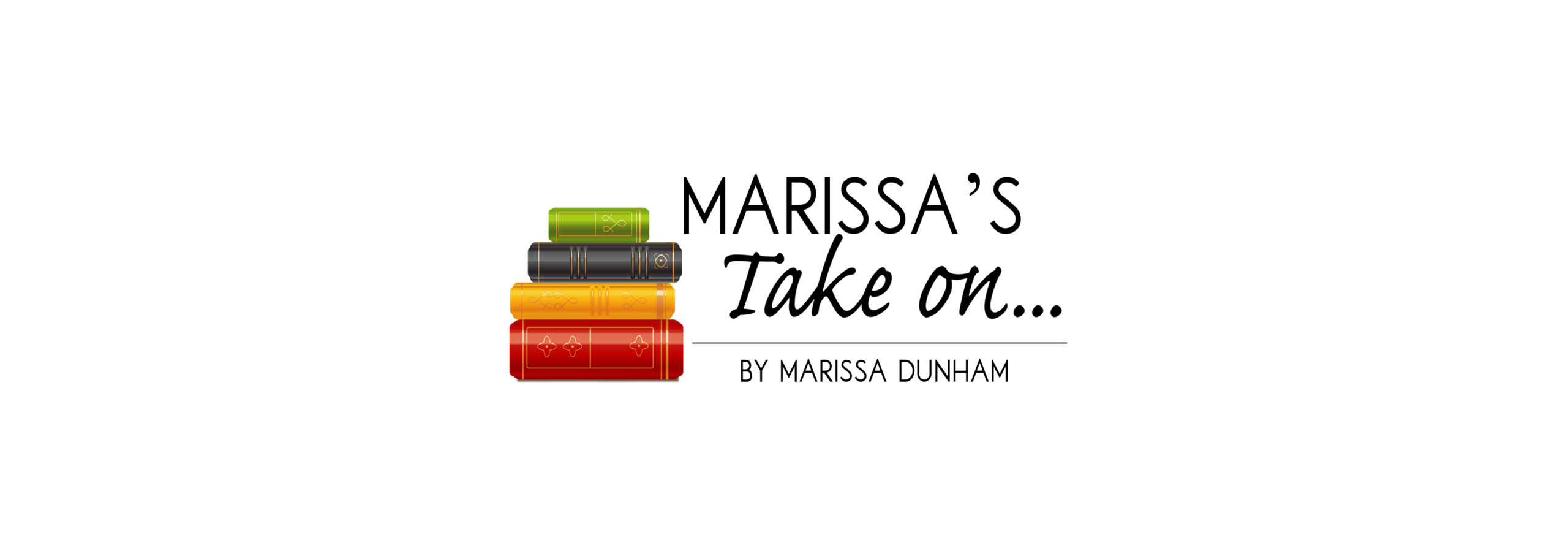By Marissa Dunham //
Craft books on fantasy writing come with some great advantages for writers getting started. And let’s face it, every time we start a new project or a new draft, it feels like we’re starting all over again, with new challenges. These five books will help you get to the finish line.
Cliches and genre tropes in the fantasy genre are topics you learned at the beginning of your career so that you could connect and answer honestly with the fantasy writing community. But when it comes to actually writing your book, think of the cliches and genre tropes in these craft books as the rough material. Build upon them or replace them in revision, depending on what will create the best payoff for your story and you’ll find the books on this list very helpful.
Like any good story, your fantasy elements should have a good payoff.
- Why did the werewolf need to die?
- Is the character arc of your dark fairy complete if she solves the problem with magic alone?
- Have you explained the rules early enough that your readers understand the stakes when a sacred idol is stolen?
- How big is this world? Does it blur with ours?
These questions and more will be covered in the books below.
FANTASY FACTS
The subgenres of fantasy are many: epic or high fantasy, magical realism, urban fantasy, fairy tales, sword and sorcery, anthropomorphic fantasy, and others.
There is nothing more important in fantasy than a writer’s imagination. These craft books will help you realize your vision and answer your questions about the genre.
Special thanks to Science Fiction & Fantasy Writers Association (SFWA) for their contributions in researching this list.
Here are the five!
- Wonderbook: The Illustrated Guide to Creating Imaginative Fiction by Jeff VanderMeer
An invaluable book for any writer, VanderMeer covers everything with intelligence and beautiful, in-depth illustrations. I can’t recommend enough the chapters on the inner life of characters, the external and internal considerations of worldbuilding, and genre tropes. You’ll understand when you look at any excerpt or sample pages available online why writers love this book. The book is about 384 pages and a staple on many authors’ bookshelves. - Steering The Craft: A 21st-Century Guide to Sailing the Sea of Story by Ursula K. Le Guin
The queen of science fiction has a couple gifts for fantasy writers too. I’ve recommended this book a few times over the years of this column and for good reason. Try The Expository Lump exercise on page 113 of Chapter 9: Indirect Narration, or What Tells and you’ll understand the book’s value. From the exercise, you’ll learn by doing how to show and tell the rules of your world. It is a tricky balance to achieve and you’ll appreciate how Le Guin goes about explaining it and other essential writing skills for storytelling. The book is roughly 160 pages. - The Tough Guide to Fantasyland: The Essential Guide to Fantasy Travel by Diana Wynne Jones
Here is where you’ll learn tropes and cliches. This roughly 234-page acts like a dictionary for all of fantasy in one convenient place. The A-Z list of terms – from dragons to wizards to swords – will help you add a nuanced perspective on how you might incorporate these elements into your own version. - Mythology: Timeless Tales of Gods and Heroes by Edith Hamilton
If you’re involved in a retelling of Greek mythology or use Greek myth as similes or metaphors in your fantasy, this book is the perfect guide. The mass market paperback edition is roughly 512 pages. It’s been a classic for many years. - Writing the Paranormal Novel: Techniques and Exercises for Weaving Supernatural Elements Into Your Story by Steven Harper
For paranormal writers, this craft book aids you in developing your story around the supernatural elements of your world. You will blend basic craft elements – dialogue, plot, and character – with tropes of the paranormal to give a seamless experience for the reader. There are also detailed exercises on how to build supernatural creatures if you need them that makes this book a great resource to have on hand. The book is roughly 272 pages.
Marissa’s Take Practice Exercise: Blue
Write a fairy tale about the origins of the color blue.
Next month we’ll review craft books for horror.

MARISSA DUNHAM is a writer and freelance editor. She spent the early part of her career in educational publishing, but now spends most of her time editing literary fiction, magical realism, and middle grade fiction. She lives in Southern California, where she enjoys bringing new life into the world by planting tomatoes and flowers in the garden.


Can you really have too many craft books? I don’t think so. I’m adding a few from this list for sure! Thanks for posting!